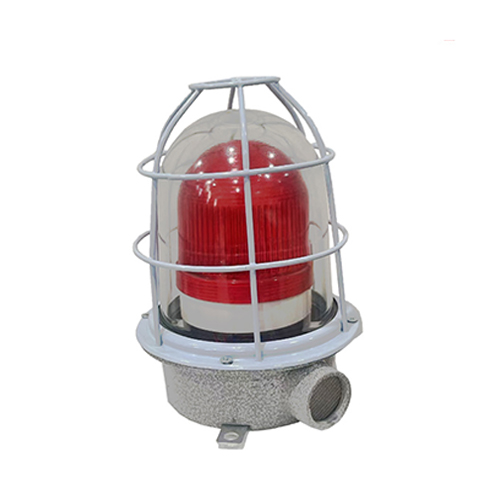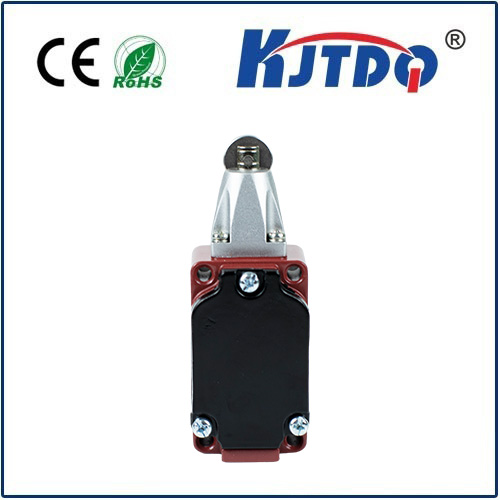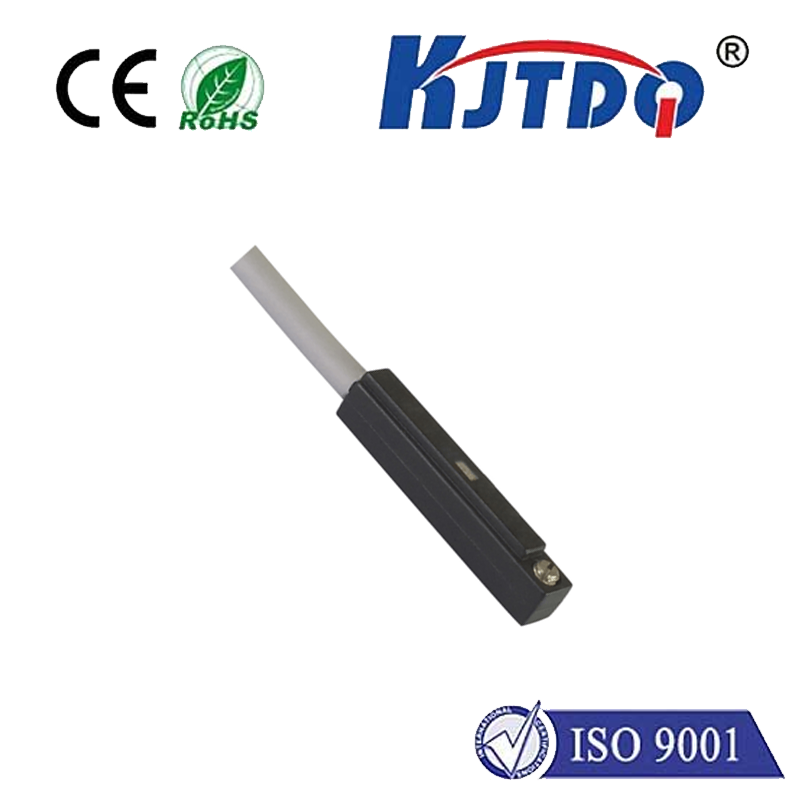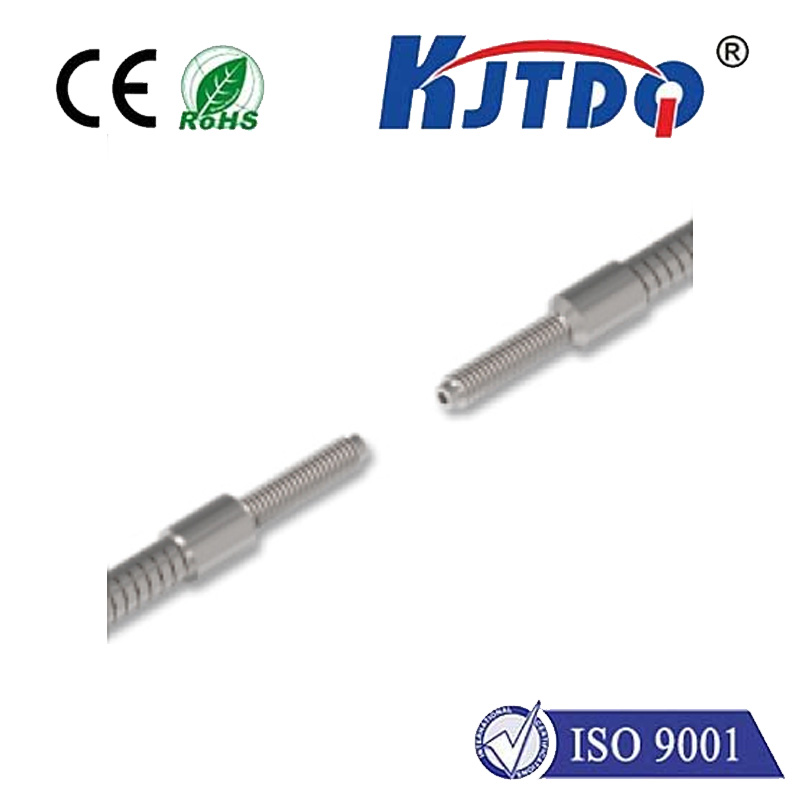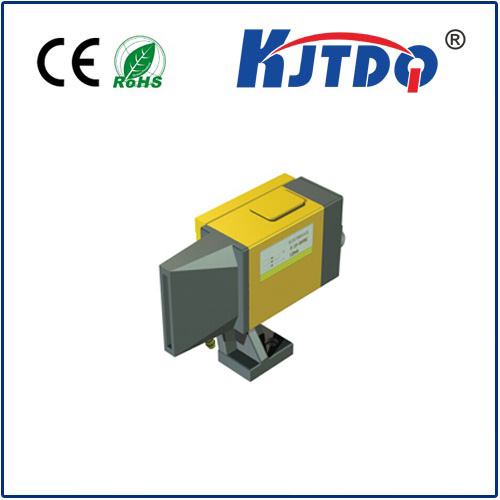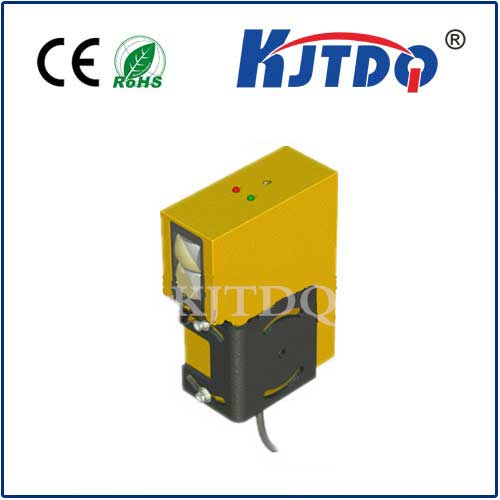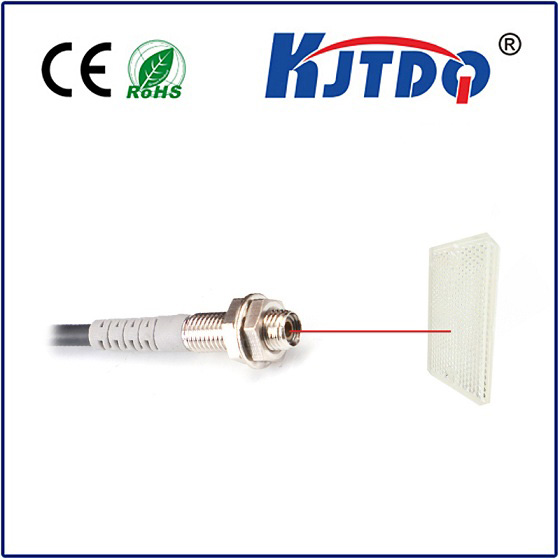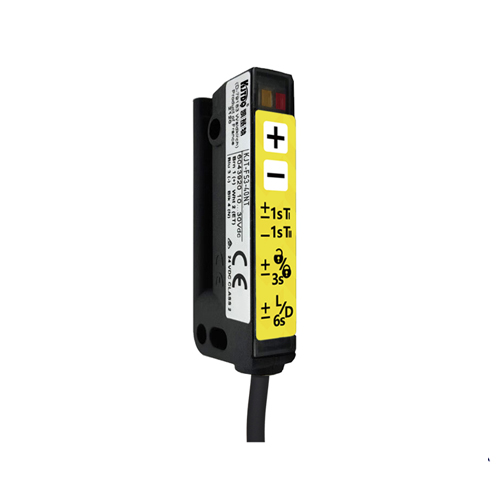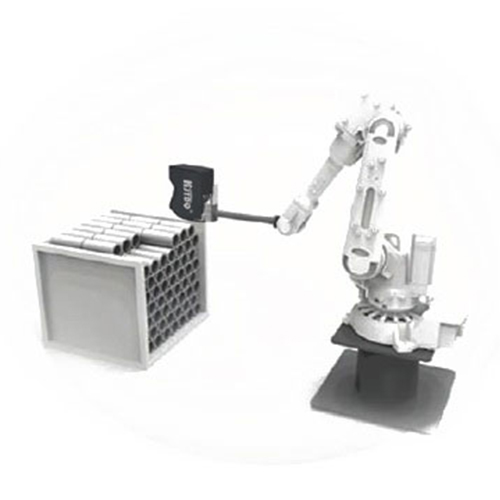

check

check

check

check

check

check

check

check

check

check

The Range of Photoelectric Sensor: Exploring the Technological Marvel” In the realm of modern technology, the photoelectric sensor stands as a testament to human ingenuity. This device, which converts light into an electrical signal, has found广泛应用 across various industries, from automation and security to medical diagnostics and environmental monitoring. In this article, we will delve into the range of photoelectric sensor, exploring its different types, applications, and the advancements that have made it an indispensable tool in our technological landscape. Photoelectric sensors come in a variety of shapes and sizes, each designed to perform specific functions. The most common types include the through-beam sensor, reflex sensor, and diffuse sensor. The through-beam sensor consists of a transmitter and receiver pair, with the transmitter emitting a beam of light that is detected by the receiver. This type of sensor is ideal for applications where a physical barrier needs to be detected without any contact. The reflex sensor, on the other hand, combines the transmitter and receiver in a single housing, bouncing the light off a reflector back to the sensor. This design allows for easier installation and alignment. Lastly, the diffuse sensor emits a wide cone of light that reflects off any object in its path, making it suitable for applications where the distance between the sensor and target can vary. The applications of photoelectric sensor are vast and varied. In the field of automation, these sensors are used to control the movement of machinery, monitor product quality, and ensure worker safety. For instance, they can be employed in conveyor belt systems to detect when products are present or missing, triggering corresponding actions such as stopping or starting the belt. In the realm of security, photoelectric sensors are used in motion detectors and alarm systems, providing an effective means of detecting unauthorized access. They can also be found in medical devices like pulse oximeters, which measure blood oxygen levels by detecting changes in light absorption through the skin. Additionally, environmental monitoring systems utilize photoelectric sensors to detect pollutants and hazardous gases, enabling timely intervention and mitigation efforts. Advancements in technology have further expanded the capabilities of photoelectric sensor. The integration of artificial intelligence algorithms has enabled these sensors to process complex data patterns and make autonomous decisions. For example, smart cameras equipped with photoelectric sensor and AI can now recognize objects, facial features, and even emotions with high accuracy. This has opened up new possibilities in areas such as facial recognition authentication, emotion-based user interfaces, and autonomous vehicles. Furthermore, developments in materials science have led to the creation of photoelectric sensor with enhanced sensitivity and durability, allowing them to operate under extreme conditions and last longer than ever before. In conclusion, the range of photoelectric sensor showcases the remarkable progress humanity has made in harnessing light for practical purposes. From their diverse types and widespread applications to the groundbreaking advancements that continue to push their boundaries, photoelectric sensor serve as a powerful reminder of our ability to innovate and adapt to the ever-changing needs of society. As we move forward, it will be exciting to see how this technology evolves and integrates into new domains, shaping the future of various industries and improving our daily lives.

